The Science Behind Glass Bottles With Caps: Why They’re Essential for Safe Storage
In the realm of food and beverage packaging, the importance of "Glass Bottles With Caps" cannot be overstated. According to a recent report by Smithers Pira, the global glass packaging market is expected to reach $70 billion by 2024, driven largely by the growing consumer preference for sustainable and reusable packaging solutions. Glass bottles, known for their non-reactive properties, offer a safe storage option that preserves the integrity of their contents. Additionally, caps serve as a critical component for maintaining product freshness and preventing contamination, factors that are increasingly recognized by both manufacturers and consumers. In fact, a survey by the Glass Packaging Institute indicated that 82% of consumers believe that glass containers are the best choice for preserving flavor and quality. As the demand for quality and safety in packaging continues to rise, understanding the benefits and science behind glass bottles with caps becomes essential for anyone involved in product development and distribution.
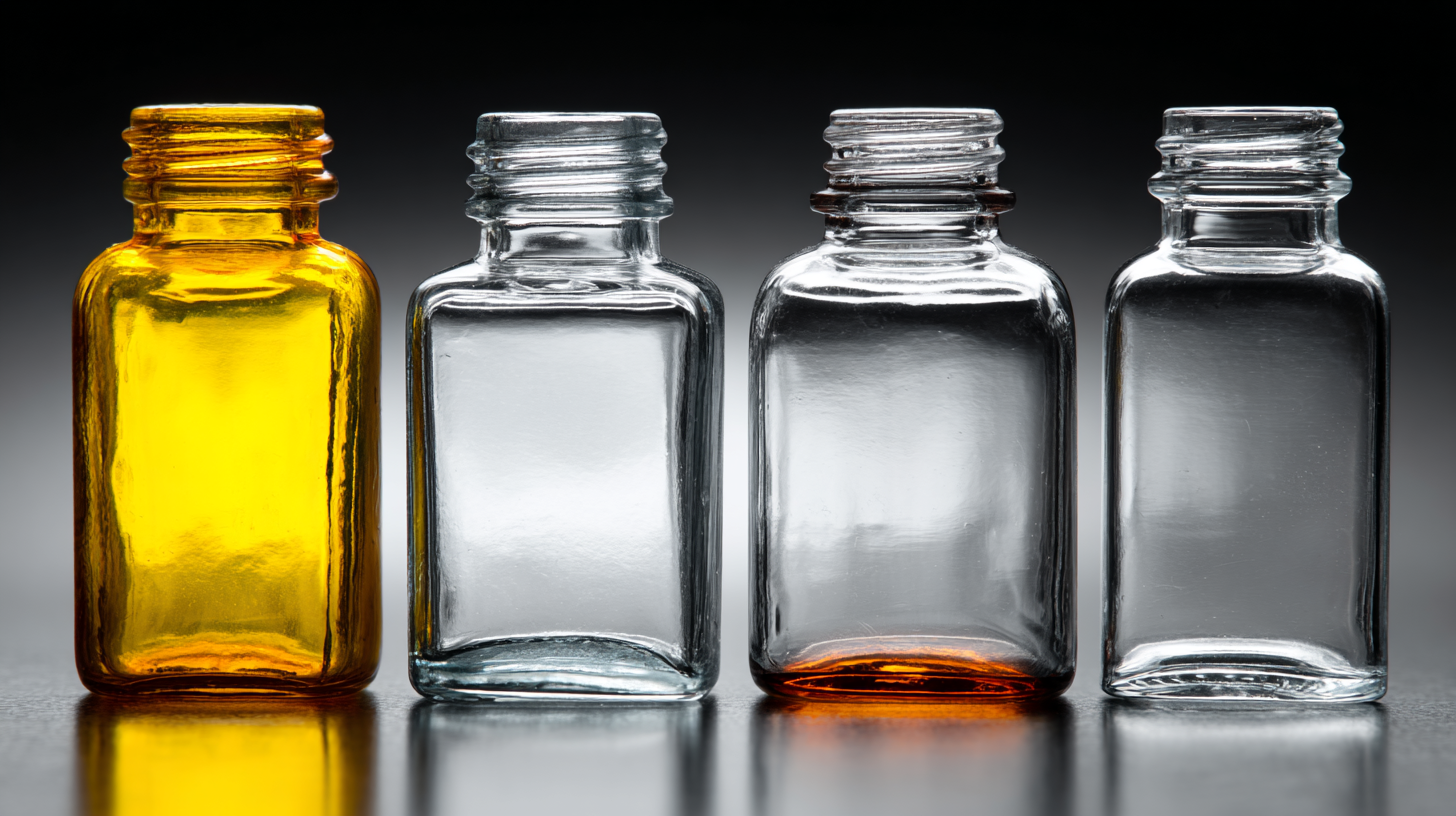
The Role of Glass Bottles With Caps in Preserving Product Freshness and Quality
Glass bottles with caps play a crucial role in preserving the freshness and quality of various products, from beverages to pharmaceuticals. The material itself, glass, is non-reactive and impermeable, ensuring that no external contaminants permeate the container. This characteristic is vital for maintaining the integrity of the contents, particularly for sensitive items that may degrade when exposed to air, light, or moisture.
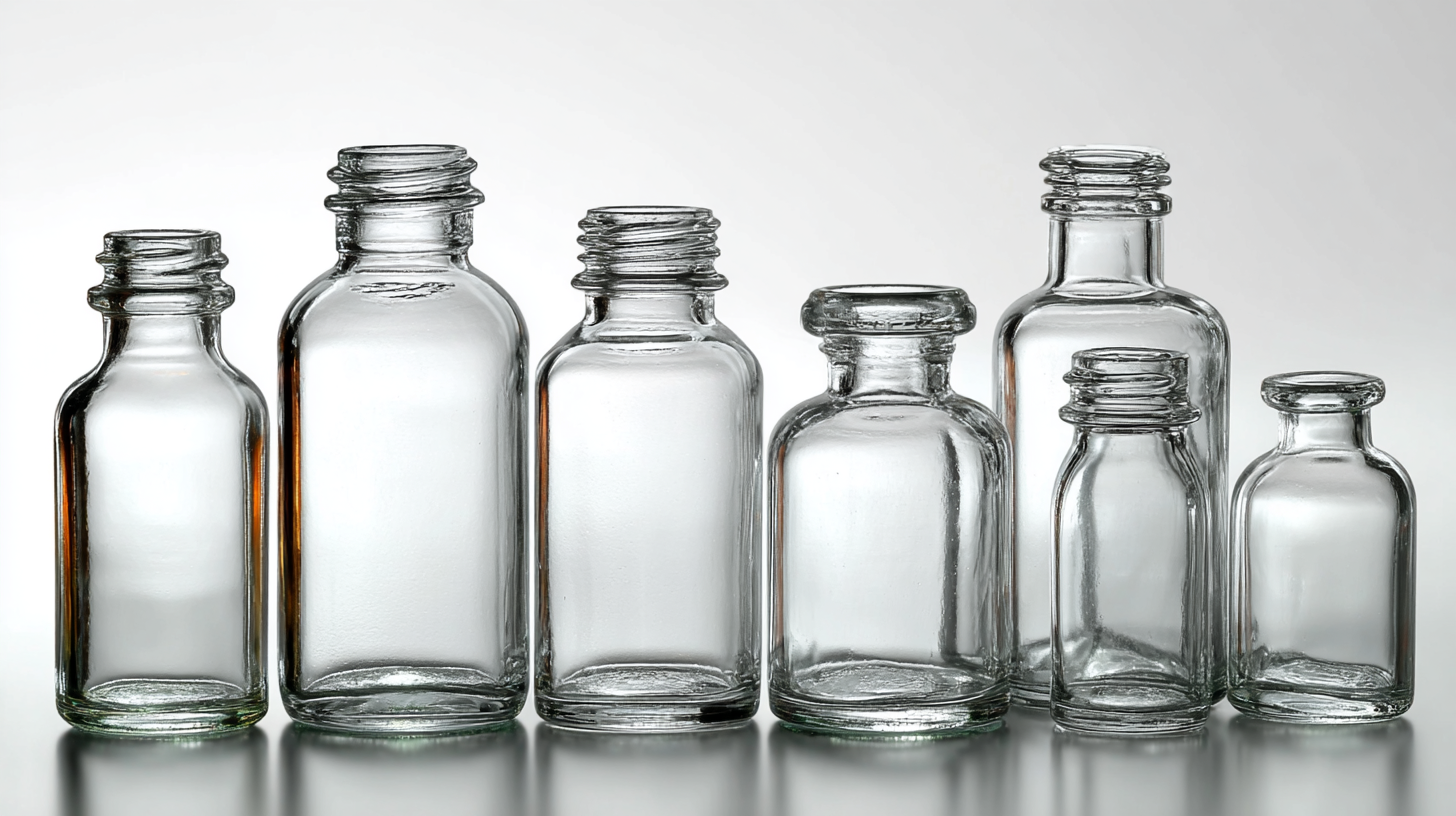
The inclusion of a cap further enhances the protective nature of glass bottles. Caps create an airtight seal, preventing oxygen exchange, which can lead to oxidation and spoilage. For instance, in the case of beverages like juices or oils, this sealing process helps retain flavor and nutritional values over time.
Additionally, caps can offer a layer of protection against environmental factors, such as UV light, which can degrade certain compounds. Thus, the combination of glass and a cap not only promotes safety and hygiene but also significantly contributes to the longevity and quality of the stored products.
Key Statistics on Contamination Risks in Unsealed Packaging Solutions
When it comes to safe storage solutions, packaging plays a crucial role in minimizing contamination risks. Recent statistics indicate that improperly sealed containers contribute significantly to food contamination, with reports suggesting that up to 48% of foodborne illness outbreaks can be traced back to packaging failures. The science behind glass bottles equipped with caps highlights how they effectively prevent exposure to environmental pollutants and microbial contamination, ensuring product integrity.
For companies in the food industry, it is essential to adopt best practices in packaging to mitigate these risks. Utilizing ready-to-use (RTU) solutions in fill-finish contract manufacturing can streamline processes while enhancing compliance and minimizing contamination threats. Tips to ensure safe storage include: regularly inspecting packaging for any signs of damage, ensuring that containers are properly sealed after each use, and choosing glass bottles over plastic whenever possible, as they offer superior protection against leaching and contamination.
Additionally, brands that focus on maintaining mechanical integrity rather than just relying on traditional ppm limits can significantly reduce contamination risks. Implementing advanced monitoring systems, such as AI-powered pest control, can also be instrumental in detecting potential threats before they escalate, safeguarding the supply chain from costly disruptions.
The Science Behind Glass Bottles With Caps: Why They’re Essential for Safe Storage
| Contamination Source | Risk Level (%) | Storage Type |
|---|---|---|
| Airborne Particles | 30% | Unsealed Packaging |
| Bacterial Growth | 45% | Unsealed Glass |
| Chemical Contamination | 25% | Open Containers |
| Insect Infestation | 10% | Unsealed Packaging |
| Temperature Fluctuations | 20% | Sealed Glass Bottles |
Industry Insights: Glass Bottles vs. Plastic Containers for Safe Storage
The choice between glass bottles and plastic containers for safe storage is increasingly dictated by consumer preferences and safety considerations. According to industry reports, the global packaging market is projected to grow significantly, with glass packaging expected to capture 22% of the market share by 2025. This growth is fueled by a rising demand for sustainable, eco-friendly packaging options, as consumers become more aware of the environmental impacts of plastic waste.
Interestingly, while glass is often viewed as a safer option, recent studies have raised concerns about microplastics in beverages. Research indicates that glass bottles may harbor more microplastics than their plastic counterparts, cans, or cartons. This contamination can occur during the bottling process or from environmental factors, highlighting the need for stringent testing methods in laboratories to detect such particles. As the packaging industry evolves, understanding these complexities is essential for manufacturers and consumers alike, ensuring that the benefits of glass bottles for safe storage are not overshadowed by potential contamination risks.
The Environmental Impact: Recycling Glass Bottles and Reducing Waste
The increasing concern for environmental sustainability has led to a growing demand for recycling initiatives, particularly in the realm of glass bottle usage. Glass bottles, recognized for their ability to be recycled indefinitely without losing quality, are pivotal in reducing the overwhelming amounts of waste generated by single-use plastics. In fact, it is reported that the global reusable water bottle market is projected to rise significantly, illustrating a shift towards more eco-friendly options. This shift not only highlights consumer preferences but also underscores the necessity of sustainable packaging solutions that contribute positively to the environment.
Innovative recycling practices are emerging worldwide, such as converting discarded plastic bottles into silk scarves, while initiatives to recycle glass bring about cleaner oceans and healthier ecosystems. The European Union's recent regulations demanding that plastic bottles must contain at least 25% recycled materials by 2025 exemplify the global commitment to reducing waste and encouraging recycling. As consumers, businesses, and governments recognize the environmental impact of their choices, the emphasis on glass bottles and sustainable practices will play a crucial role in creating a cleaner future.
The Environmental Impact of Glass Bottles
Best Practices for Selecting and Using Glass Bottles With Caps in Food Storage
When selecting glass bottles with caps for food storage, several key factors should be considered to ensure safety and longevity. First and foremost, choose bottles made from high-quality, food-grade glass. This ensures that no harmful chemicals leach into the food. Additionally, the size of the bottle should match your storage needs; opt for various capacities to accommodate different types of food items, whether it's spices, oils, or sauces.
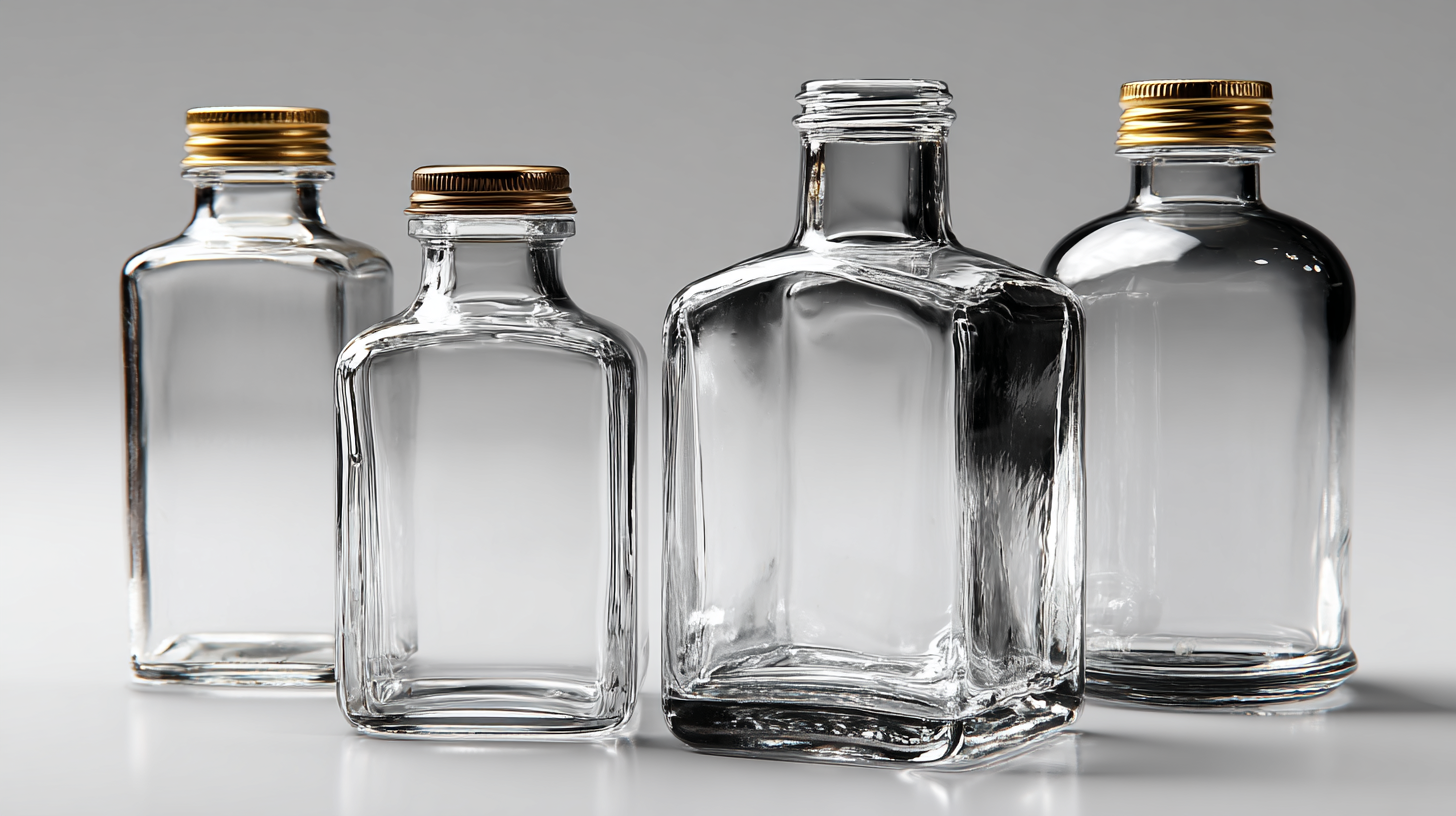
Cap integrity is equally important. Always look for bottles with airtight, BPA-free caps to prevent contamination and maintain freshness. A good sealing mechanism not only keeps out moisture and air but also protects against odors. Regularly inspect the caps for wear and tear, replacing them if necessary to ensure they remain effective. By prioritizing these best practices, you can enhance the safety and longevity of your food storage solutions and help preserve the quality of your ingredients.
Related Posts
-

Trends in Glass Bottles for Global Buyers: Insights and Predictions for 2025
-

How to Choose the Best Glass Packaging Solutions for Your Global Supply Chain
-
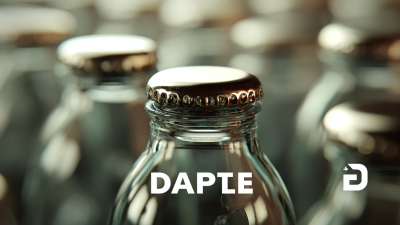
Discover Premium Glass Bottles with Caps from China's Leading Manufacturers for Your Global Needs
-

7 Compelling Factors Why Choosing the Right Glass Bottle Supplier Boosts Your Brand Value
-
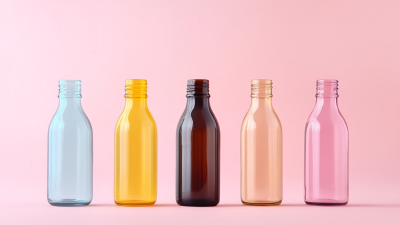
Innovative Global Sourcing Trends for Glass Bottles With Caps in 2025
-
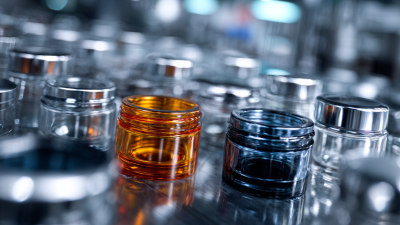
Ultimate Guide to Choosing the Right Glass Packaging for Your Products
